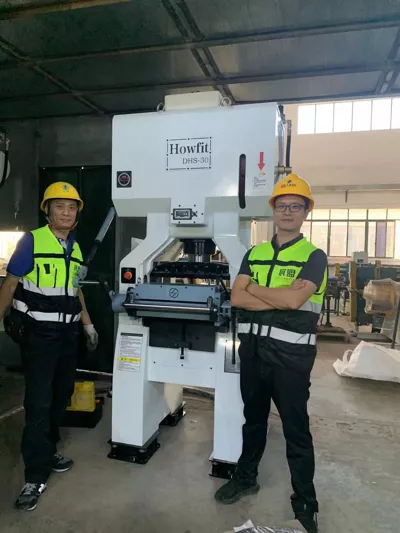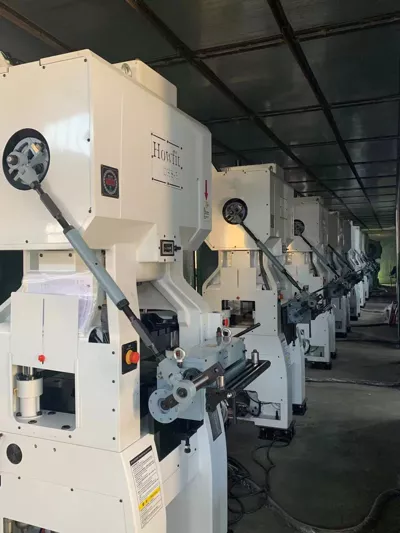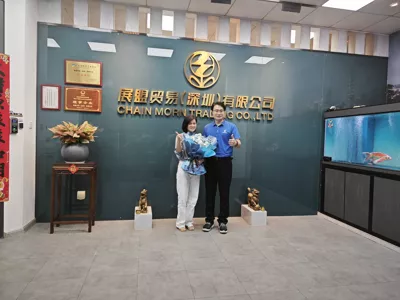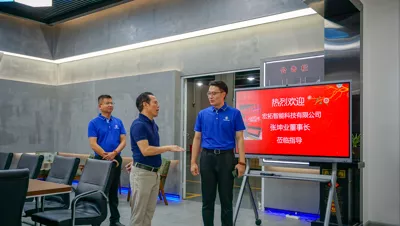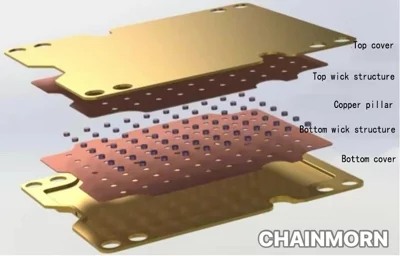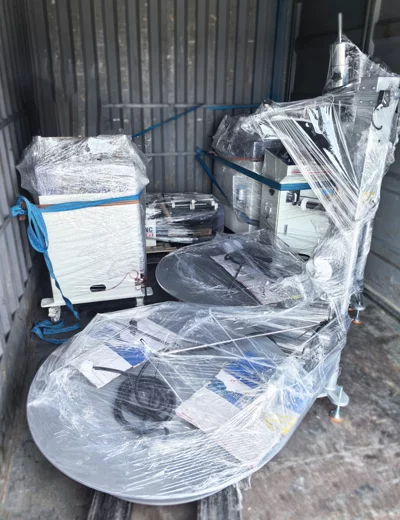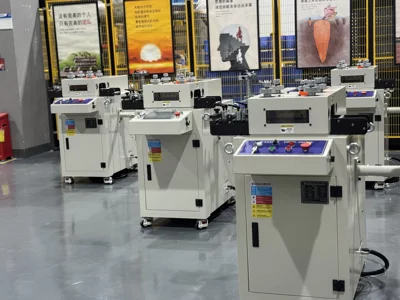Humanoid Robot Industry Chain- A Glimpse into the Future
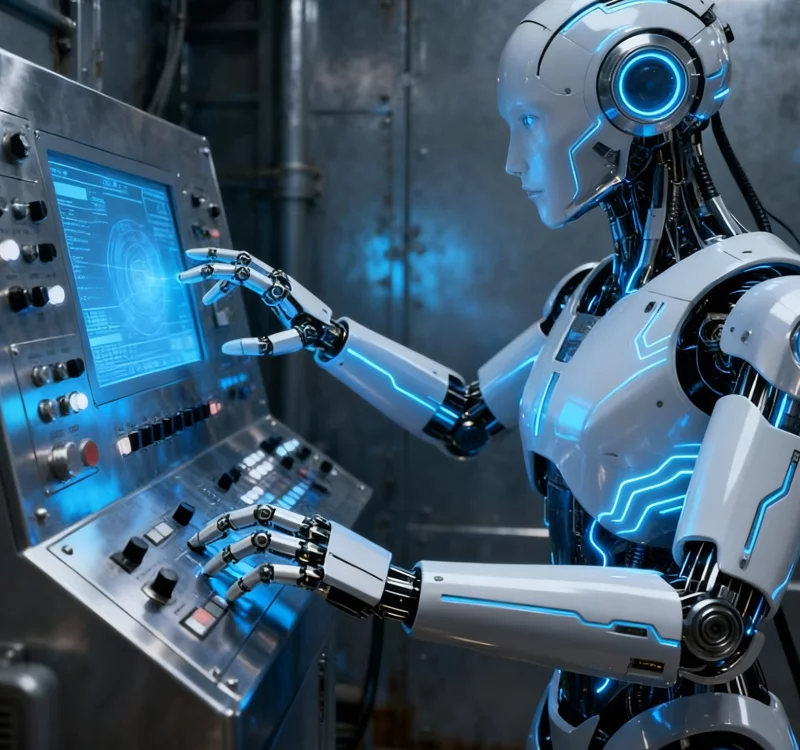
With the rapid integration of artificial intelligence and robotics, humanoid robots are transitioning from science fiction to reality, forming a complete industrial chain on a global scale. This article provides a systematic analysis of the core segments—upstream, midstream, and downstream—of the humanoid robot industry, offering forward-looking insights for partners across various sectors.
Core Hardware: The Foundation of Robotic Systems
The "body" of a humanoid robot relies on a series of cutting-edge hardware components. Key parts such as high-performance servo motors, high-computing power chips, precision reducers, high-accuracy sensors, and long-endurance batteries together form a stable and reliable hardware foundation. Among these, precision reducers, which are critical to motion accuracy, have seen major technological breakthroughs. Through continuous innovation, leading enterprises in China have achieved internationally advanced levels in product precision and service life, laying a solid foundation for domestic substitution.
Software and Algorithms: The "Brain and Nerves" of Intelligent Machines
Software and algorithms serve as the core drivers enabling humanoid robots to achieve intelligence and autonomy. Breakthroughs in artificial intelligence—particularly in neural networks, computer vision, and motion control—have empowered robots to autonomously optimize their morphological structure and motion strategies based on different task scenarios, achieving a true sense-perception-decision-action loop. Leading tech companies are continuously enhancing machines' environmental adaptability, learning capabilities, and interactive intelligence, driving humanoid robots toward greater flexibility and smarter performance.
Application Scenarios: Enabling Infinite Possibilities Across Industries
The application prospects for humanoid robots are exceptionally broad. Industry forecasts indicate that global sales of humanoid robots in manufacturing and domestic services are expected to reach 13.18 million units by 2035, with a compound annual growth rate of 98.2% from 2025 to 2035.
- In the industrial sector, they can replace humans in high-risk and highly repetitive tasks, significantly enhancing production safety and efficiency.
- In specialized fields, they are capable of performing tasks in complex environments such as scientific exploration, disaster rescue, and security patrols.
- In public services, they are gradually being applied in medical rehabilitation, home assistance, educational companionship, and more, profoundly transforming human lifestyles.
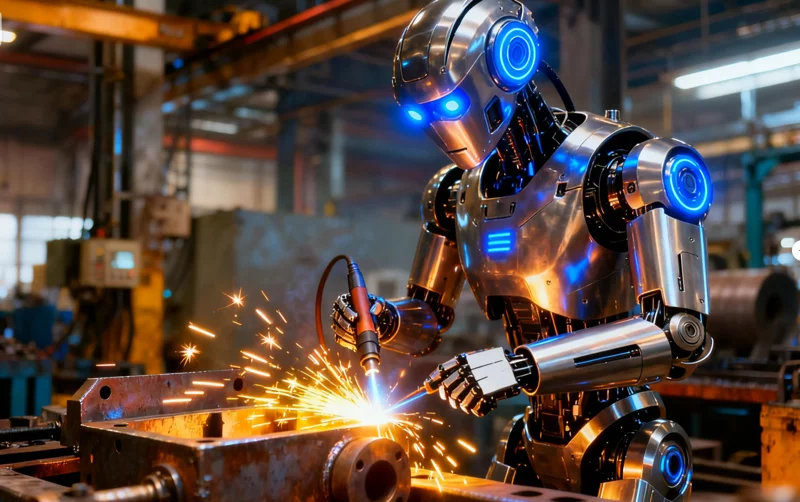
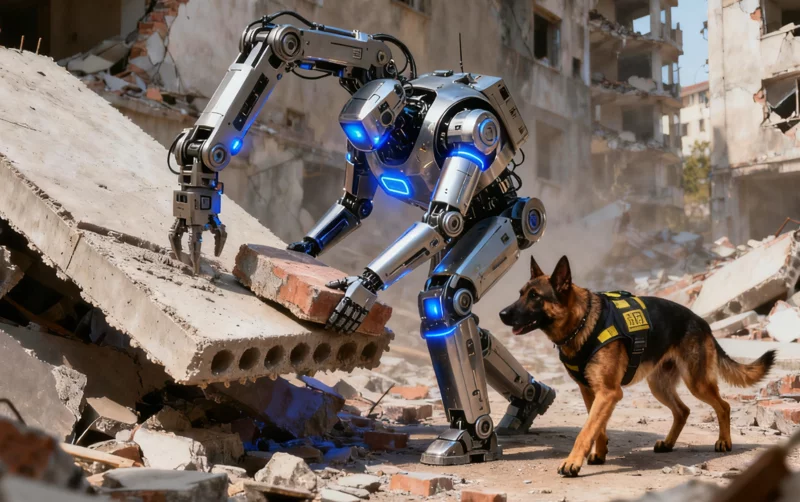
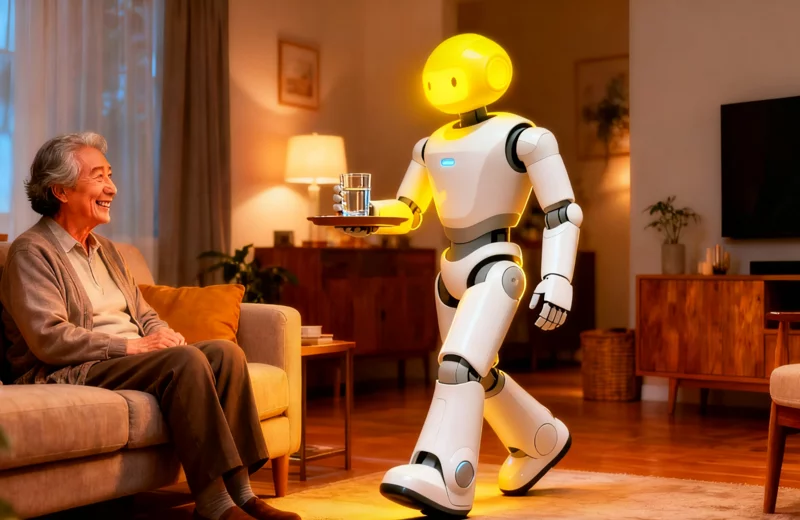
Future Outlook
The humanoid robot industry chain is rapidly maturing and expanding, with technological breakthroughs and market applications forming a virtuous cycle. We are confident that humanoid robots will become a vital force driving social progress and economic development in the near future, creating substantial value for humanity. Our company will continue to monitor industry trends and work closely with partners to promote an innovative ecosystem, embracing the new era of intelligent robotics together.
With years of hands-on experience, I have honed my skills in navigating the complexities of global commerce, offering invaluable insights and solutions to address customer needs. My commitment to excellence and dedication to customer satisfaction ensure that I deliver exceptional service, guiding clients through every step of the trading process with confidence and proficiency.

